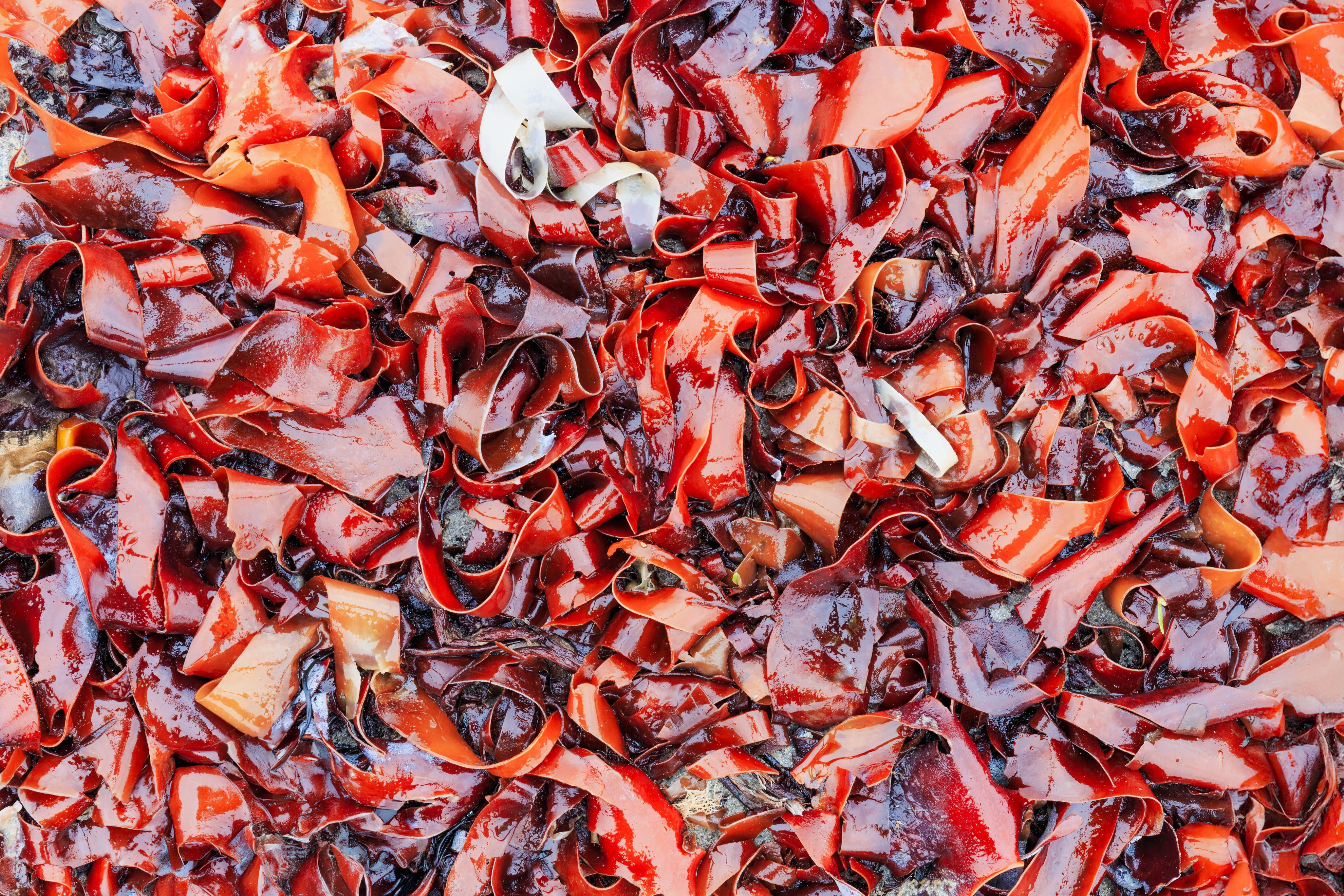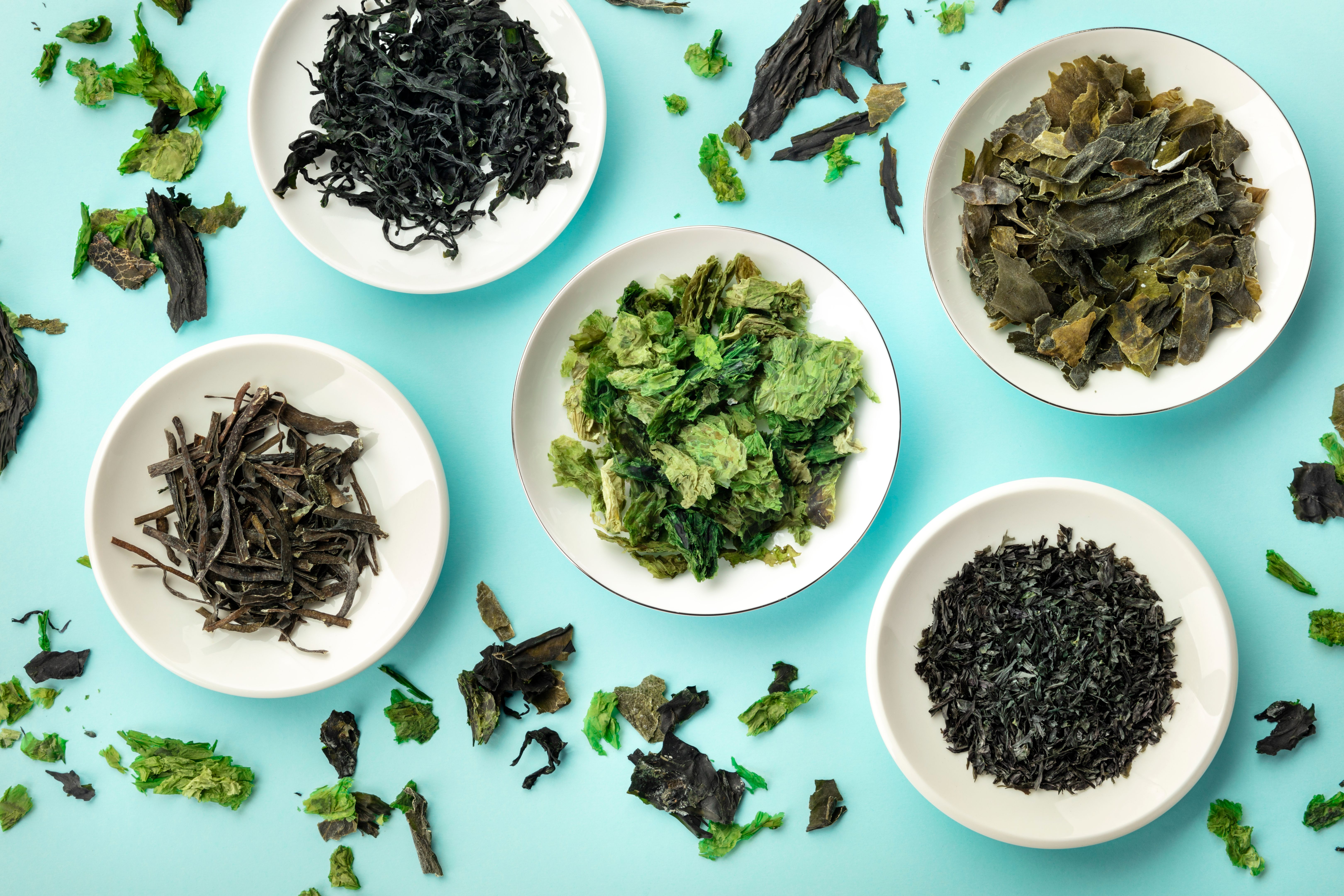Exploring Oarweed: The Nutrient-Rich Sea Vegetable
The Nutritional Powerhouse of the Sea
Oarweed, also known by its scientific name Laminaria digitata, is a type of brown seaweed that grows abundantly along the rocky coastlines of the North Atlantic Ocean. This sea vegetable is gaining popularity due to its impressive nutritional profile and versatility in culinary applications. Often overshadowed by more commonly known seaweeds like nori or kelp, oarweed deserves a spotlight for its beneficial properties.
Rich in vitamins and minerals, oarweed is an excellent source of iodine, calcium, magnesium, and potassium. These nutrients play crucial roles in maintaining healthy bodily functions, including thyroid health, bone strength, and muscle function. Additionally, oarweed is packed with antioxidants, which help protect cells from oxidative stress and may reduce the risk of chronic diseases.

Health Benefits of Oarweed
Incorporating oarweed into your diet can offer numerous health benefits. One of the most significant advantages is its high iodine content, essential for the proper functioning of the thyroid gland. Regular consumption of iodine-rich foods like oarweed can help prevent iodine deficiency, which can lead to thyroid disorders such as goiter and hypothyroidism.
Moreover, oarweed contains a unique type of dietary fiber known as alginate, which has been shown to support digestive health. Alginate can help improve gut health by promoting the growth of beneficial bacteria and aiding in digestion. It may also assist in weight management by increasing feelings of fullness and reducing calorie intake.

Culinary Uses and Preparation
Oarweed is incredibly versatile in the kitchen and can be used in a variety of dishes. Its umami flavor and chewy texture make it an excellent addition to soups, stews, and salads. It can be used fresh, dried, or powdered, each form offering unique culinary possibilities. To prepare dried oarweed, simply soak it in water for a few minutes until it rehydrates and softens.
In certain cultures, oarweed is a staple ingredient in traditional dishes. For example, in Scotland and Ireland, it is often used in broths and seafood recipes. In Japan, it's a key component in making dashi, a flavorful broth that serves as the base for many Japanese soups and sauces.

Incorporating Oarweed into Your Diet
If you're new to cooking with oarweed, start by adding small amounts to familiar dishes. You can chop it finely and mix it into rice or pasta dishes for an extra nutrient boost. It also pairs well with other seafood ingredients, enhancing the flavor profile of your meals.
For those interested in experimenting further, try creating your own seaweed seasoning by grinding dried oarweed into a fine powder. Sprinkle it over popcorn, roasted vegetables, or use it as a salt substitute in various recipes. The possibilities are endless when it comes to incorporating this nutrient-rich sea vegetable into your diet.
Sustainability and Environmental Impact
One of the most appealing aspects of oarweed is its sustainability. Seaweeds like oarweed grow rapidly without the need for fertilizers or pesticides, making them an environmentally friendly food source. They also play a vital role in marine ecosystems by providing habitats for marine life and helping to regulate oceanic carbon levels.
As the demand for sustainable food sources increases, sea vegetables like oarweed offer an eco-friendly alternative to traditional agricultural products. By choosing to incorporate more sea vegetables into your diet, you're not only benefiting your health but also supporting the preservation of our planet's resources.
